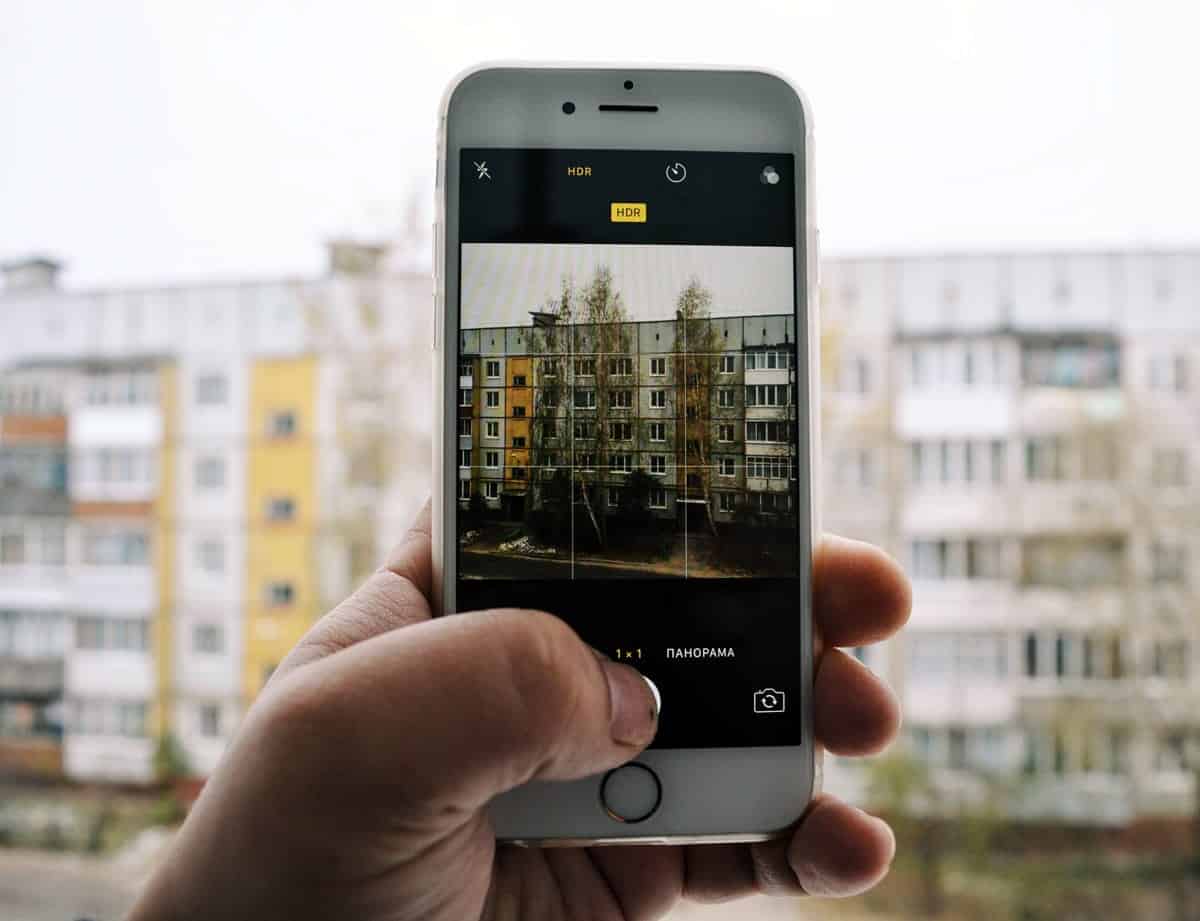As time passes and generations age, wants and needs evolve, and target markets shift. This means that leaders across all industries have to adapt to changing clientele and mobile app design is certainly no exception. Designers need to have this in the back of their minds, otherwise their products risk failure.
Currently, marketers across the globe are trying to figure out ways to reach millennials — the large group of people born (roughly) between 1980 and 2000. They were named such because they were the first generation of people to come of age in the new millennium. They weren’t necessarily born with computers, but their lives have been heavily impacted by them.

Mobile apps were developed just as the oldest of this generation were graduating from college and gaining more financial independence. As more and more of them entered the workforce, their spending power increased. In fact, 2017 is expected to be the year that millennials outspend baby boomers for the first time. This makes quite a bit of sense when you consider that baby boomers are retiring and will be living on a fixed income, whereas millennials are taking up a larger percentage of the workforce, as well as moving up within it.
As this generation is gaining purchasing power, the question of how to reach millennials still remains, with some feeling they’re a rather elusive group to harness. But whether we realize it or not, millennials are already deeply rooted in mobile app design. Which came first: the chicken or the egg? Are we trying to reach millennials or are their wants and needs influencing the way we do our jobs? Here are three ways millennials are already shaping mobile app design.
Millennials Have Different Expectations in Mobile App Design
One of the reasons marketers feel millennials are so “elusive” is because they have a different set of expectations than previous generations. Oren Ariel, Co-founder and CTO of Capriza, reminds us that “millennials’ technology expectations have been shaped by smartphones and digital media,” which means they’re looking at the mobile app experience from a completely different angle than most adults these days. As a result, mobile app design has to adapt to its new market.

At Capriza, they help organizations re-think how they interact with millennials in the workplace through mobile solutions. For example, Ariel says that “companies are redesigning their legacy systems with new mobile interfaces, allowing employees to easily conduct tasks, such as requesting vacation and submitting expenses through their mobile device.”
Many companies are finding that their millennial employees are surprised by the need to fill out physical paperwork — not that they don’t think they should have to fill it out, but they don’t see why it can’t be done on a computer. If mobile app design is so versatile, why shouldn’t they be able to fill out “paperwork” on their smartphones in their spare time?
Digitizing processes could also lead to more accurate reporting for accounting departments. For example, employees can report expenses from their phones as soon as lunch is over or they leave the store, accountants may find that they’re saving time in the long run. Instead of hounding employees for receipts, they can simply look at the electronic copy — which, by the way, cannot be lost on the street, in the seats of a car, or destroyed in the laundry.
Joshua Tucker, COO of Designli, agrees with this method. As a millennial himself, he gets “frustrated by the old ways of doing business.” Speaking of the paper processes leftover in so many companies, he says they’re “slow, inefficient, and error prone,” which isn’t wrong by any means.

It’s not uncommon for human error to sneak its way into the transfer of information from a piece of paper to a computer program. An incorrect digit in a social security number is literally the difference between someone getting audited by the federal government or not. And since millennials grew up with computers and digital solutions, they “naturally think of software applications to fix those problems.”
For better or worse, it’s things like this that may cause some people to complain about this generation. Tucker says this “might be seen as impatience to some,” but he sees it as finding a better way of accomplishing a task (as do most other millennials). And who could blame them? Mobile app design is part of the world millennials grew up in — the world we helped create for them.
Millennials Consume Content Differently
While people in older generations might feel more comfortable reading a physical newspaper or magazine, millennials are a more mixed bag in that regard. Contrary to popular belief, millennials do read — they just might be doing it on their phone or tablet (no, they’re not always playing games or texting).
It’s this shift in how millennials consume content that led mobile app designers to incorporate magazines and newspapers into their digital content. Designers at PressReader have taken notes as the entertainment industry has evolved over the past decade — Netflix subscriptions soared as Blockbuster stores closed and Spotify listeners increased while CD (and even digital music) sales declined.
Alex Gruntsev, Chief Innovation Officer at PressReader knows that people (especially millennials) are increasingly “interested in customization, personalization, and control. They don’t want to be told what kind of content they can consume and when they can consume it.” Of course, this requires a different mobile app design philosophy. Your job is to guide them to content they might be interested in and then leave them be.

This isn’t about creating a simple mobile app design that offers limited options anymore. It’s about letting your consumers create their own experience — with of course, a little assistance from the design team in terms of suggestions. This extra work may seem like a pain up front, but will be well worth it in the end.
Millennials Are All About Efficiency and On-Demand
This generation, more than any other, is focused on efficiency (again, the paperwork example comes to mind), which means mobile app designers need to be focused on user experience. Millennials want to get into your app, find what they need, and get out, so your mobile app design has to have easy-to-use navigation and operate quickly.
This is often used as a criticism for millennials’ “impatience,” but keep in mind that they’ve largely grown up in a world where gratification has been instant (or nearly so). They don’t remember waiting for a library book to be available because they could just order it online or download it instantly to their Kindles.
They didn’t even have to go to a brick and mortar retail store to buy a new CD. They just popped onto iTunes to buy it outright — or they used BitTorrent in a less legal fashion than purchasing. Now, they can just listen on Spotify for free. This generation has grown accustomed to being able to get what they want when they want it. It’s not a criticism — it’s just a fact. Their surroundings created these expectations and now, our mobile app designs have to follow suit.
Sleek user-focused mobile app designs are en vogue for a reason — that’s what people want (and yes, especially millennials). It’s why we see that old hamburger menu disappearing. Users had to tap the screen additional times to find what they were looking for, which decreased engagement and frustrated users. That’s when we started seeing a navigation menu across the bottom of the screen. It makes the app easier and quicker to use and basically no one, regardless of generation, will complain about that.

Mobile App Design Shifts
Mobile app designers are heeding the call from millennials who want more customization, convenience, and efficiency. Mobile apps like Lyft and Airbnb make it easy to find a place to stay for the weekend and a way to get from the airport to the rental (without paying huge cab fares) — all within apps and a touch of their fingers. Again, coming from a generation that has never had to call a hotel to book a room, this progression was the next logical step.
So which came first? Shifts in mobile app design or the millennial’s different expectations for them? The answer could vary, depending on who you talk to, but one possible answer is that they’re lending to each other. Mobile apps became widespread, which changed millennials’ behavior — but then again, mobile app design continues to shift based upon what their target audience wants.
Chances are, we’ll be having this same conversation in a few years when purchasing power shifts to another generation with a new set of expectations and desires — perhaps the “digital natives,” who are young enough to not even remember a time before computers. But for now, we’ll focus on how millennials use our mobile app designs and do our best to deliver incredible user experiences to them.
Proto.io lets anyone build mobile app prototypes that feel real. No coding or design skills required. Bring your ideas to life quickly! Sign up for a free 15-day trial of Proto.io today and get started on your next mobile app design.
How do you think millennials are shaping mobile app design? Let us know by tweeting us @Protoio!





